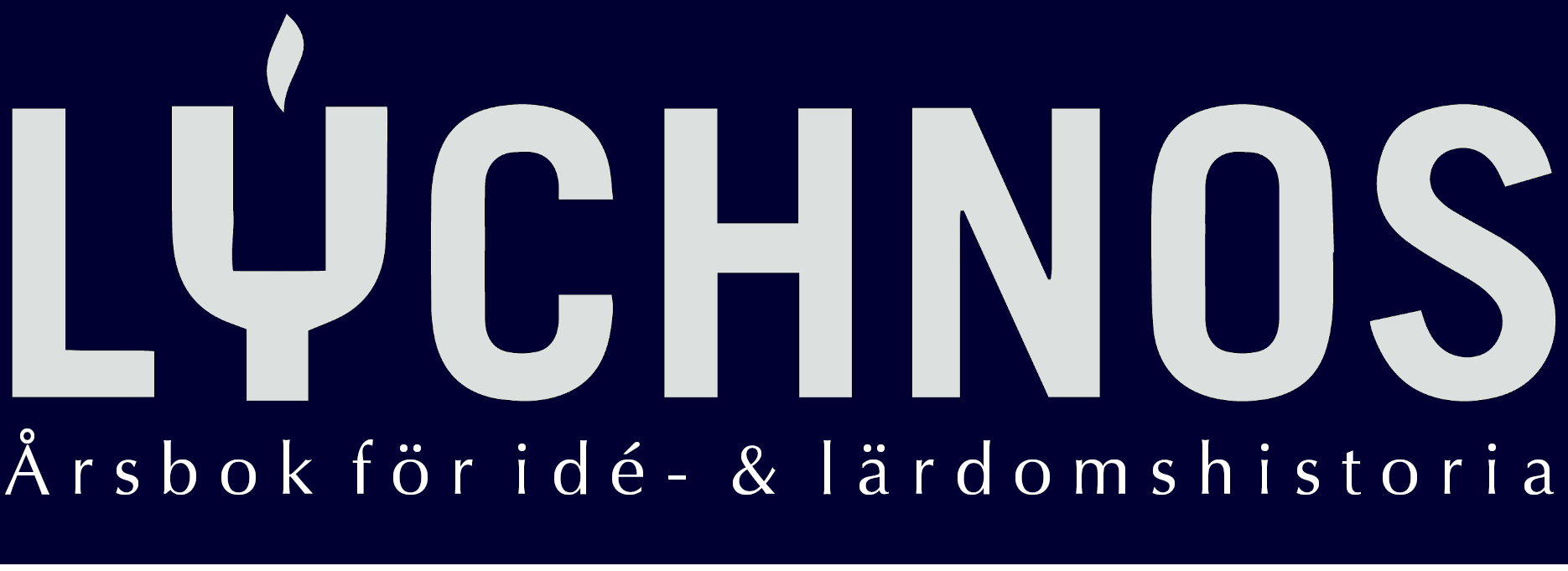Dearth and death in the North
Press reports in Norrskensflamman and Aftonbladet about the 1920 Spanish influenza outbreak in Arjeplog
DOI:
https://doi.org/10.48202/26263Keywords:
Spanish influenza, medical journalism, remoteness, social conditions, human interest, political activismAbstract
In 1920, Sweden experienced a severe outbreak of pandemic influenza, primarily affecting the rural areas in the north. The epicentre of the 1920 outbreak was Arjeplog, a small and remote parish that had escaped earlier pandemic waves. However, in 1920, the parish exhibited the highest influenza mortality in Sweden during the entire period of 1918–1920. This article examines the extensive press coverage of the outbreak in two newspapers, Norrskensflamman and Aftonbladet, focusing on how the events were reported, perceived, and analysed in relation to the newspapers’ political stances. The findings reveal that although their journalistic ambitions, motives and political stances differed, both newspapers expressed similar ideas about an underprivileged, underdeveloped, and uneducated north, where poor social conditions and ignorance had exacerbated the severe consequences of the outbreak. Norrskensflamman’s coverage, featuring substantial critical social analysis, became instrumental in political debate, while Aftonbladet’s reports, characterized by human-interest journalism, helped prompt the allocation of philanthropic relief.
Downloads
Published
Issue
Section
License
Copyright (c) 2024 Elisabeth Engberg

This work is licensed under a Creative Commons Attribution 4.0 International License.
This work is licensed under a Creative Commons Attribution 4.0 International License. The copyright for the work published in Lychnos remains with the authors.


